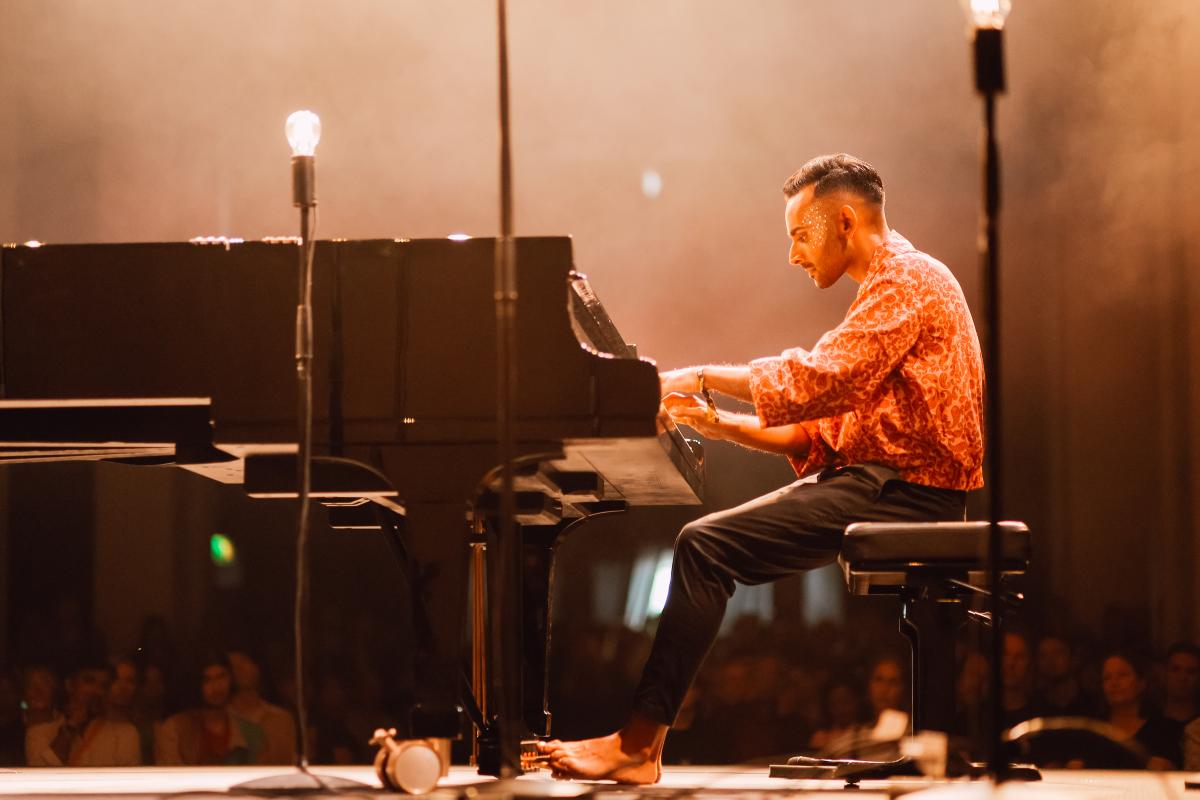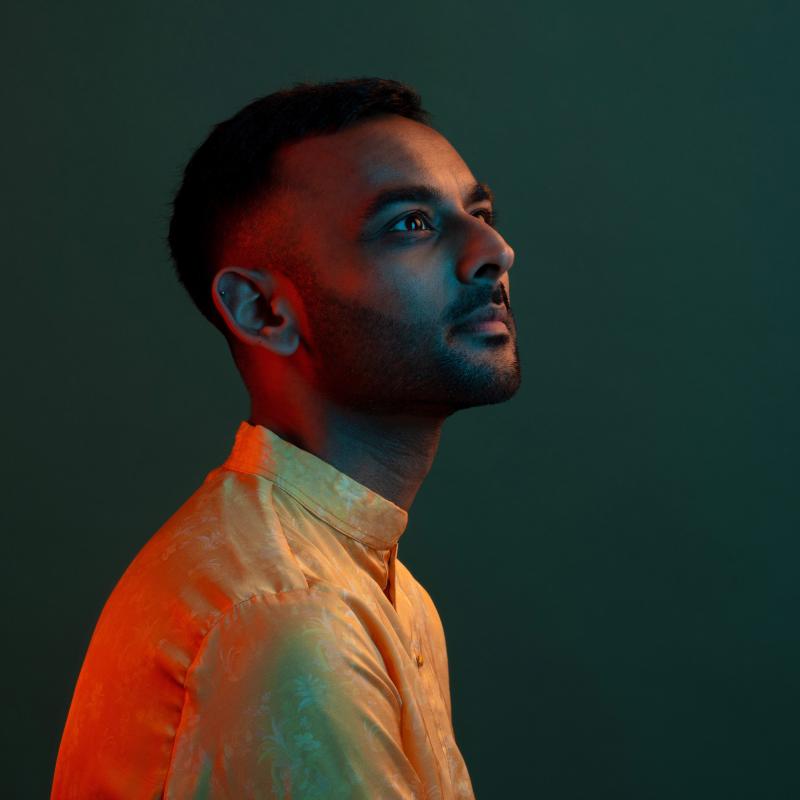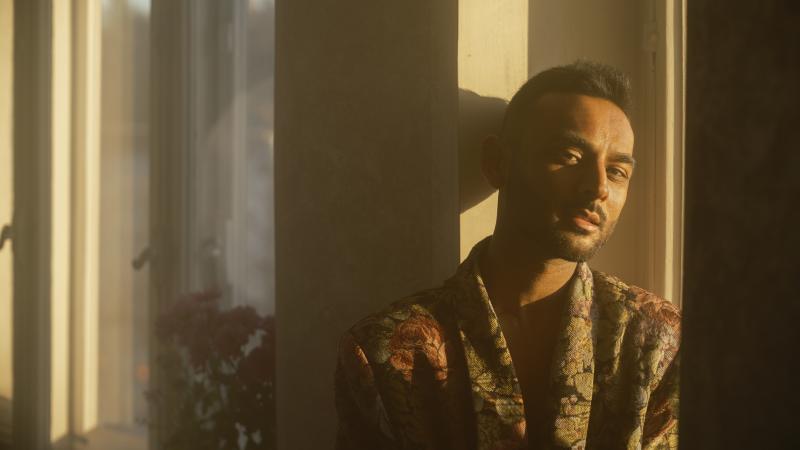Keval Shah: True respect and knowledge of the tradition is a gateway to the future of the genre
In this second part of the three-part interview series, pianist and Lecturer of Lied Keval Shah dives into what it really means to cross genres in practice – revealing how musicians can open new creative pathways by moving between different musical worlds, languages and traditions.

You’ve been exploring song repertoire from many different cultures beyond the European tradition. How do you approach bringing these diverse musical worlds into a concert experience?
In concert programming, when I’m doing a song recital, I think hard about the connection between songs because I want to make a certain kind of musical architecture. It’s not about presenting a bunch of pieces as objects. I want to use the music to create a certain kind of sonic effect and sonic architecture through which my audience moves.
At the moment, I feel largely reliant on the musical building blocks given to me by the pieces themselves. But what could happen if I’m not limited by that, but could actually improvise and create walkways, bridges and staircases in my concert? These musical staircases would connect one piece to the next in a totally spontaneous way, because I would have the free-form ability to shift between musical modes.
That would open up so many interesting ways of combining musical worlds – and one of the things I’m most interested in right now is the global nature of song repertoire.
Even if I stick within my world as a song pianist, as a pianist of lied, the repertoire is not just European. I’ve recently come across song repertoire for voice and piano, for instance, in Syria, Korea, India and Indonesia.
I’m fascinated by all of these different sound worlds, poetic styles and languages, both musical and verbal, and I’m looking for ways of integrating these different repertoires into one space.
Improvisation connects different sound worlds.
When the sonic qualities are quite different, it’s important to find a way of unifying these different strands in some way so that you don’t feel that you’ve come to a concert and you’re having a buffet of totally unrelated things.
What I aim to do in my concerts is find a kind of red line, something that makes it easier to listen and taste these languages one after the other: it makes the experience so much richer. Of course, I can find these red lines through the musical components of the pieces I perform, but I’m convinced that one of the ways I could also create this sense of connection is through improvisation between pieces.
There are many sonic ways I can shape musical architecture, for instance, by thinking about key relationships between songs, motivic links, tempo, metre or harmony. I might notice, “oh, this song ends on an E7 chord – that’s an open invitation to start the next one in A major.”
These are the kinds of sonic choices that affect how we listen over time. But I could also improvise – and that would enrich my contemporary musical practice. It would let me bring different musical cultures into the same space while, at the same time, connecting me completely with the tradition I come from – a repertoire with roots in the 19th century and a performance practice which valued improvisation as a fundamental part of musical life.
This way of working is not about making a choice between tradition and innovation. It’s actually a way of saying that I can do both at the same time. By engaging with some of the fundamental musical elements of the song tradition, I am accessing a gateway to the future of the genre.
When you work with students, how do you encourage them to expand their sense of repertoire and their own artistic possibilities within it?
I hope that students start to see a bigger picture of the repertoire, to realise that it’s far broader than they might have imagined. I hope that excites them, and helps them see that there are far fewer restrictions or barriers to interpretation, or to finding their own path, than they may have felt before.
It’s possible to feel a bit hampered and blocked in your vision when your sense of the musical universe is defined by quite a limited range of styles, composers or geographical centres.
Of course, you can also find your artistic home within those familiar traditions. But I think it’s incredibly freeing to recognise just how far Western classical music has travelled globally – and how rich the musical results of that exchange are.
It can also feel quite overwhelming to realise the sheer scale of it all. For instance, my singing students are already used to working with French, German, English and Italian diction. And now I’m saying to them, “There’s also repertoire in Arabic, Hindi and Korean.”
It’s an amazing invitation – to say to them, “Hey, get yourself skilled in these things, too, if they’re interesting to you. And if not, that’s fine – but at least know that it’s out there.”
What inspires you to bring different musical worlds together in your own work?
It feeds my curiosity about cross-cultural musical languages, because a lot of this repertoire that we’re finding in non-European countries has been informed by Western classical idiom and also local musical cultures.
For example, a lot of the 20th century Korean art song that I know, and I’m by no means an expert in that repertoire, is deeply informed by Western classical harmonic language and form. But it also has sonic elements which are unique to that region, which are drawn from either traditional Korean music or folk music.
The same can be said about the songs by the amazing Syrian composer Gaswan Zerikly, who trained in Damascus and has written songs for voice and piano. They are within a Western classical idiom, but the vocal style is informed by traditional Arabic singing.
You hear the influence of Arabic music in melismatic quality of the vocal lines and even in the music’s harmonic mode. His music isn’t all purely tonal; it draws on modal traditions.
Performance can be an exercise in multiculturalism – not as a political statement, but as a reflection of the world so many of us now live in.
The songs I’m currently working on with composer Reena Esmail draw on Hindustani ragas and create a sound world shaped by many influences. It’s not just ‘Indian’ or ‘Western’; it’s a rich multiplicity of musical ideas coming together.
On a deeper level, I’m interested in how the act of performance, the act of creating a sequence of music, can be an exercise in multiculturalism. Not because I have political ambitions to demonstrate that multiculturalism is a good thing, but simply because so many of us are living in increasingly multicultural societies. I’m curious about what my musical practice could sound like when it draws from the cultures it is surrounded by, instead of creating a performance space which feels isolated from the world around it.
I’m drawn to how my musical practice reaches beyond that frame of presenting ‘nice’ music to people. In fact, I want to expand what ‘nice’ music is. It is, above all, musically really interesting to work like this.
Can you give an example of how you’ve addressed these ideas in your programming?
Recently, I performed a programme in Zürich with my friend Anna El-Khashem, who has Russian and Lebanese roots. We focused on 19th century German and French repertoire – Schumann, Bizet, Chausson – the kind of music our Zürich audience knows intimately.
But we chose a body of 19th century repertoire that has a so-called “oriental” angle. These composers were interested in creating a sense of distance, otherness and foreignness with poetry reflecting oriental themes and writing music that deliberately sounds non-Western – but in quite a facile way, without having any kind of authenticity musically. It simply sounds “other”.
We interspersed those songs with works by Indian composers, Arabic songs and arrangements of Lebanese popular music. The aim was to open our audience’s imagination and understanding to the possibilities of what these ‘distant’ cultures might actually sound like.
It’s all very well to enjoy Schumann or Ravel in their exotic or “oriental” mode, but let’s appreciate that music for what it is. It’s beautiful, but it’s a beautiful fantasy. There’s nothing wrong with that. I have no need to ‘cancel’ the repertoire! I simply want to suggest that if you listen to this music and assume it reflects what Arabic culture is actually like, then you are sorely mistaken.
For instance, there’s a very problematic Bizet song about an Arabian hostess saying farewell to a beautiful white stranger. She calls him ‘‘beau jeune homme blanc” – a “beautiful white man” – and sings, “Goodbye, goodbye, but I wish you would stay so that I could serve you on my knees”. If we think this is what cultures outside our own are like, we’re doing both ourselves and those people a huge disservice.
We can love the song, it’s great music, but how can I programme it in a way that makes sense of it? Our solution was to amplify the voice of some Arabic musicians. We created arrangements of Fairuz’s most popular Lebanese songs as a way of bringing authentic Middle Eastern musical expression into the programme.
Of course, there are countless musical cultures in India and across the Arab world. There’s no way one concert can represent all of that. And the purpose isn’t to claim that any single song represents anything – it’s just a song. But even including one piece from that musical world is a step toward broadening our horizons, rather than limiting ourselves to the 19th century Western European imagination of non-European cultures.
Beyond broadening horizons, I want to provoke more questions. This programme in Zürich did exactly that: it asked more questions than it answered: including music from non-European cultures that are nevertheless heavily indebted to European cultures – especially in the songs of Fairuz – makes for a more nuanced, more complex, richer musical experience!
Who are the artists that inspire you most in this boundary-crossing space? What do you learn from them?
I’m really making an effort now to listen as widely as possible. For example, I heard Arooj Aftab at Flow Festival in Helsinki last year. It was such a revelation for me – the combination of elements of Sufi music, Hindustani music, classical music and jazz, amongst other influences. Aftab’s musical world is so rich.
Ganavya is an extraordinary artist, who studied jazz and South Indian devotional music. Anoushka Shankar, who I saw in Helsinki Festival, has the most extraordinary technical gifts on the sitar, but also the most open-minded approach to creating layers of musical sound.
I have learned so much from Pekka Kuusisto, from the way in which he has built his career from this very strong technical and musical foundation in the classical tradition. He has used that as a springboard to come into contact with clearly all the other things that he finds interesting.
I love his bravery, enthusiasm and curiosity for making collaborations of different kinds. I recently heard his concert on the radio from the BBC Proms where he’d made a collaboration with the Norwegian Chamber Orchestra and with Sami singer Katarina Barruk.
Again, it’s only possible because of the rigour of his technical and musical skill, and his ability to absorb new musical information from different genres and styles.
What I’m drawn to in all of them is music that’s layered – beauty born of curiosity.
What I am drawn to in all of them, whether it’s Nils Frahm or Pekka Kuusisto or Alice Coltrane, is the musical material, which I find really alluring. It’s layered. It is beauty born of curiosity.
Being in contact with those artists’ music encourages me to try and do it myself, to take what I’ve got from my training, make it as solid as possible and then to go and jump from there and say, okay, what can I do with this foundation? Where can I go?
I recently performed Reena Esmail’s complete solo piano music at Flow Festival, including a lot music written especially for me. In our collaboration, my ideas and her ideas come together – and these ideas were coming from everywhere and being thrown on the canvas – from painting to sculpture to Gujarati folk music to Hindu spiritual music to Hindustani classical music, to some Bollywood influences and French impressionism, and more.
It is in collaborations like this that I am finding myself working in ways that connect me to these artists who inspire me so much. Even though Reena is the one ultimately doing the creative work of melding all the influences into a new soundworld, it was an amazing experience in terms of feeling I was at the creative heart of something.
* * *
Keval Shah
British-Indian pianist Keval Shah (b. 1993) is celebrated for the intellectual and creative depth of his artistic vision. A laureate of multiple international competitions, Shah has performed at many of Europe’s major concert halls and festivals, and has recorded for labels including Deutsche Grammophon.
Alongside successes in the traditional field, Keval is a pioneer in concert design and curation, regularly commissioning contemporary music and building artistic projects that mix different genres, cultures, and philosophies. His musical practice is guided by a fascination with cross-cultural and multi-cultural processes, and the artistic and social possibilities which can be found therein.
Alongside his work at the Sibelius Academy, Keval is a regular visiting teacher at conservatoires and universities across Europe, and frequently works as a broadcaster at the BBC, most recently presenting a documentary about Kaija Saariaho’s final projects.

